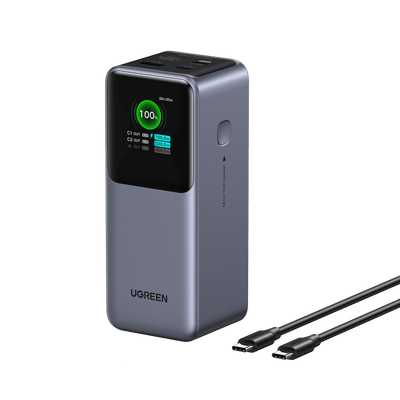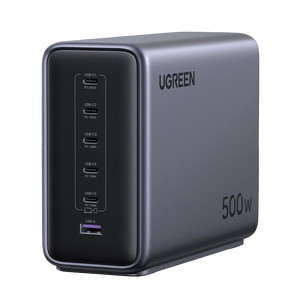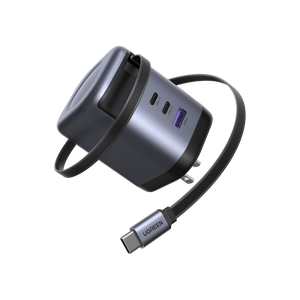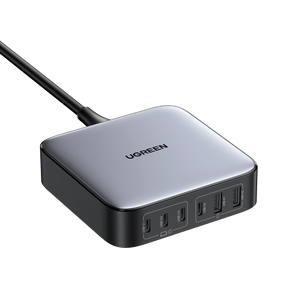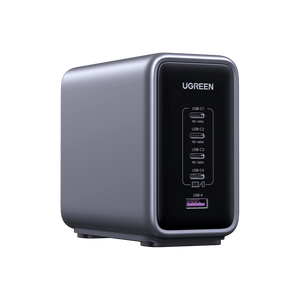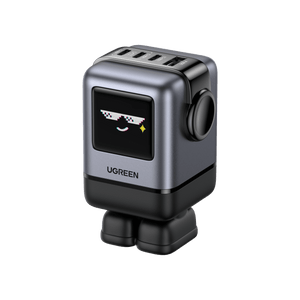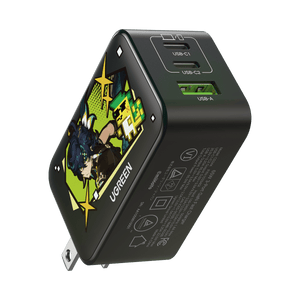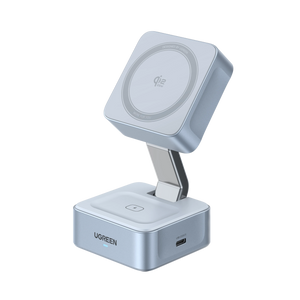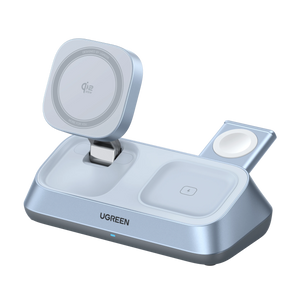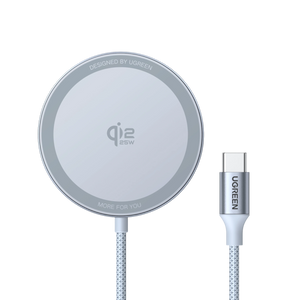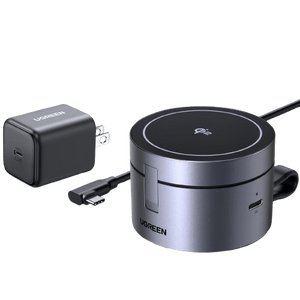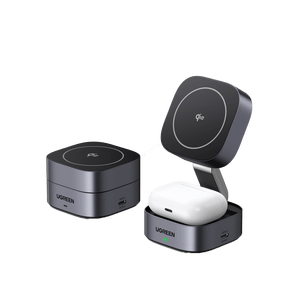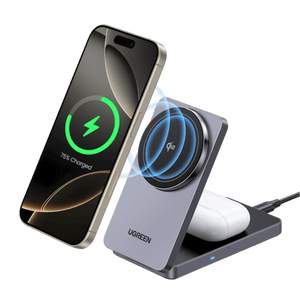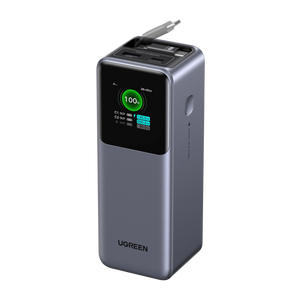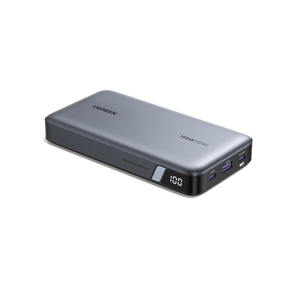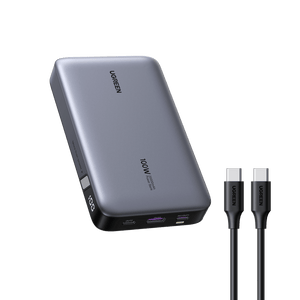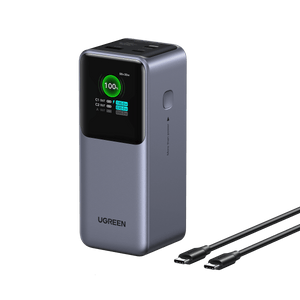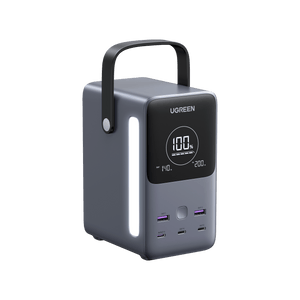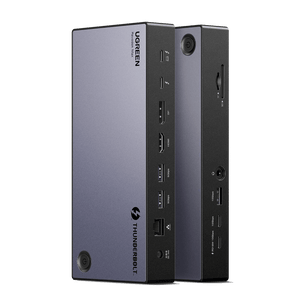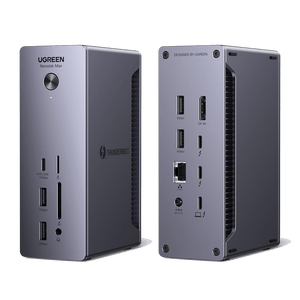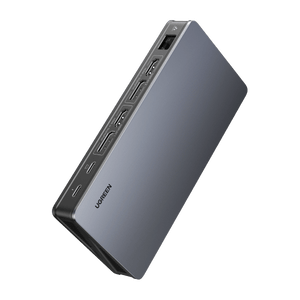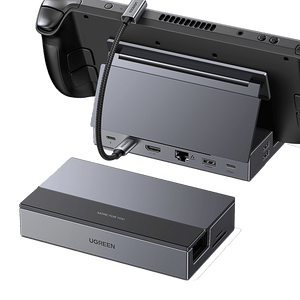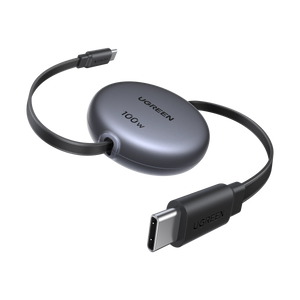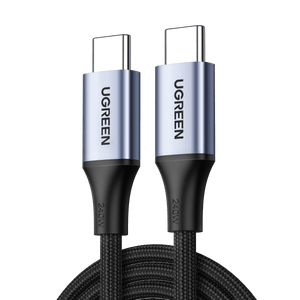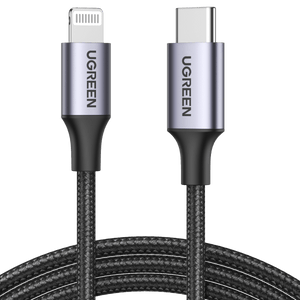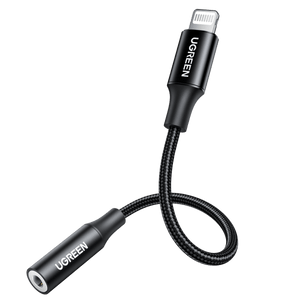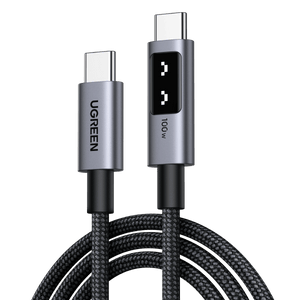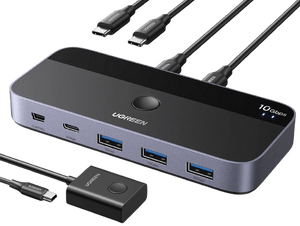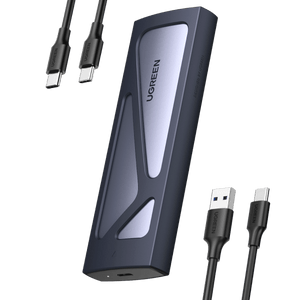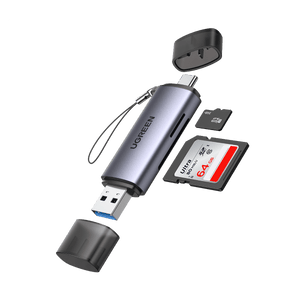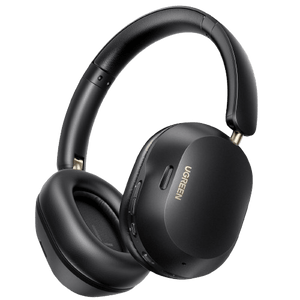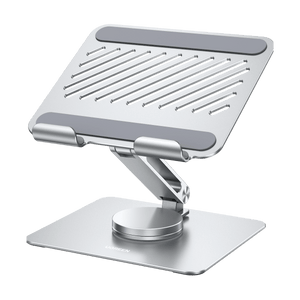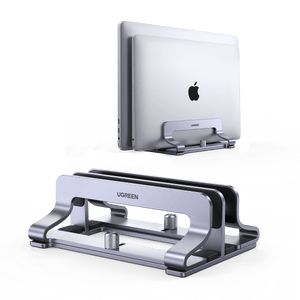mAh vs Wh in Power Banks
Imagine you’re at the airport, your phone is at 5%, and you’re staring at two power banks: one labeled 20,000 mAh, the other 74Wh. Which one will charge your phone more times? If you’re unsure, you’re not alone. Power bank ratings like mAh (milliampere-hours) and Wh (watt-hours) often leave people scratching their heads, wondering how to pick the right one for their needs.

Key Takeaways:
- mAh (milliampere-hours) measures electric charge, while Wh (watt-hours) measures actual usable energy—Wh gives a more accurate picture of power bank capacity.
- To compare power banks accurately, use the formula: Wh = (mAh × Voltage) / 1000, with most lithium-ion models operating at 3.7V.
- A higher mAh doesn’t always mean more power—voltage plays a key role in determining true energy output.
- Airline regulations limit carry-on batteries to 100Wh, making Wh the critical number to check before flying.
What Are mAh and Wh: Charge vs. Energy
mAh (milliampere-hours) tells you how much electric charge a battery can store. Think of it as the size of a water tank: a 10,000 mAh power bank holds more charge than a 5,000 mAh one, assuming all else is equal.
Wh captures the total energy a battery can deliver, factoring in both charge and voltage. revealing how much energy you can actually use. A power bank with 37 Wh might sound modest next to 10,000 mAh, but without voltage in the mix, mAh is just half the story.
mAh Can Mislead
Most people think a higher mAh means a better power bank. It sounds like a simple rule, but it can be misleading. Picture two power banks: one at 10,000 mAh and 3.7V (37 Wh), another at 8,000 mAh but 5V (40 Wh). The second, despite its lower mAh, packs more energy. Why? Voltage plays a big role in total power. This is where Wh shines, cutting through the mAh illusion to reveal true capacity. Next time you’re comparing options, don’t be seduced by big mAh numbers alone, check the Wh to know what you’re really getting.
{{UGPRODUCT}}
Converting Between mAh and Wh: A Practical Guide
Think of power banks like water tanks: mAh is the tank’s size, voltage is the water pressure, and Wh is the total work the water can do. A large tank with low pressure might fill fewer buckets than a smaller tank with high pressure. Similarly, a high mAh power bank with low voltage might have less energy than a lower mAh one with higher voltage.
To calculate a power bank’s energy, use this formula:
Wh = (mAh × V) / 1000,
where V is the battery’s voltage, typically 3.7V for lithium-ion batteries. For example, a 10,000 mAh power bank at 3.7V has 37 Wh: (10,000 × 3.7) / 1000 = 37.
Here’s a quick reference for common power banks at 3.7V:
| mAh | Voltage (V) | Wh |
|---|---|---|
| 5,000 | 3.7 | 18.5 |
| 10,000 | 3.7 | 37 |
| 20,000 | 3.7 | 74 |
This conversion isn’t just academic — it’s essential for travel. Airlines limit carry-on batteries to 100 Wh for safety. A 20,000 mAh power bank at 3.7V is 74 Wh, well under the limit. But if it were at 5V, it would be 100 Wh, potentially requiring airline approval. For a full breakdown of watt-hour rules and how to avoid airport issues, you can read our blog post: Can you take a power bank on a plane?
Next time you’re choosing a power bank, remember: it’s not just about the tank’s size — it’s about the voltage behind it. Calculate the Wh, and you’ll know exactly what you’re getting.

Industry Standards and Regulatory Compliance
In the realm of power banks, watt-hours (Wh) are of utmost importance when it comes to regulations — especially for air travel. The Federal Aviation Administration (FAA) and Transportation Security Administration (TSA) set a firm limit: carry-on batteries can’t exceed 100 Wh, though some airlines permit up to 160 Wh with prior approval. Why Wh instead of the more familiar mAh? Simple: Wh measures total energy, which ties directly to safety risks like overheating or fire hazards. A power bank rated at 20,000 mAh with a 3.7V output clocks in at 74 Wh, well within the safe zone. Bump that voltage to 5V, and it hits 100 Wh, potentially needing airline permission. Manufacturers know this, which is why travel-ready power banks often display Wh alongside mAh.
So, what’s a traveler to do? First, always check your power bank’s Wh rating before you fly. If it’s not listed, grab a calculator: Wh = (mAh × V) / 1000. A 10,000 mAh power bank at 3.7V? That’s (10,000 × 3.7) / 1000 = 37 Wh — good to go. Second, look for safety certifications like UL (Underwriters Laboratories) or CE (Conformité Européenne). These badges mean the power bank has been tested for things like overheating, short-circuiting, and overall reliability — your assurance it won’t turn into a mid-flight liability.
Conclusion
When choosing a power bank, don’t just chase mAh. Check the Wh, that’s the number that tells the full story. If it’s not listed, grab a calculator: Wh = (mAh × V) / 1000. For most power banks, V is 3.7, but always double-check. This simple step can save you from buying a power bank that looks impressive but falls short when you need it most.





